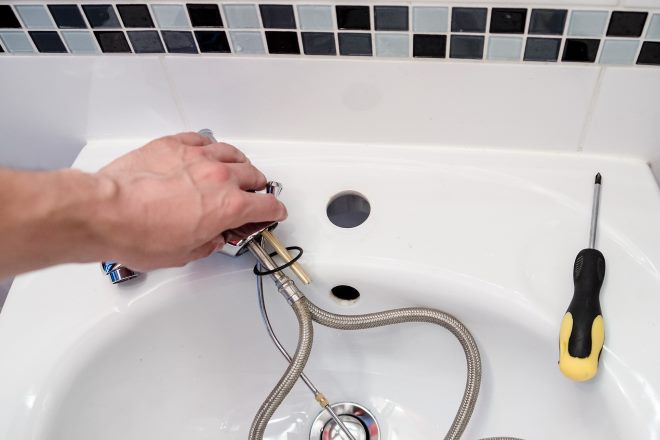Reimagining Industrial Maintenance: The Power of Predictive Maintenance
In the world of industrial operations, there's a constant quest for efficiency and effectiveness. One area that has seen significant advancements, yet remains largely underexplored, is predictive maintenance. As a strategic approach to maintenance, it leverages technology and data analysis to predict when equipment failures might occur, enabling proactive maintenance that could lead to cost savings and improved efficiency.

Predictive maintenance is not new. Its origins can be traced back to the early 1990s, when it was introduced as a more efficient alternative to preventive maintenance. The latter involved performing routine maintenance regardless of the actual condition of the equipment, often leading to unnecessary expenses and downtime. Predictive maintenance emerged as a more intelligent approach, leveraging real-time data to predict potential failures and perform maintenance based on need rather than schedule.
Over the years, advancements in data analysis and sensor technology have significantly improved the accuracy and effectiveness of predictive maintenance. Today, it’s not just about avoiding equipment failure; it’s also about optimizing equipment performance, prolonging equipment life, and reducing costs.
The Potential of Predictive Maintenance
In today’s competitive business environment, operational efficiency is a key differentiator. Predictive maintenance offers a promising avenue to enhance efficiency in several ways.
-
Reduced Downtime: By predicting failures before they happen, businesses can schedule maintenance during non-productive times, reducing unplanned downtime.
-
Increased Equipment Life: Regularly serviced equipment tends to last longer, leading to lower replacement costs.
-
Improved Safety: Predictive maintenance can help identify potential safety issues before they become serious, protecting workers and avoiding costly accidents.
-
Enhanced Productivity: By keeping equipment in optimal condition, predictive maintenance can increase overall productivity.
However, implementing predictive maintenance is not without challenges. It requires significant investment in sensor technology and data analysis capabilities. Moreover, it requires a change in mindset, from reactive to proactive maintenance.
The Road to Predictive Maintenance
The shift to predictive maintenance is not a one-time event, but a journey. Here are some steps to get started:
-
Invest in Sensor Technology: The first step is to equip machinery with sensors that can monitor performance and detect abnormalities.
-
Develop Data Analysis Capabilities: The data collected by sensors is only useful if it can be analyzed and interpreted accurately.
-
Train Staff: Employees need to be trained in the use of predictive maintenance tools and understand the benefits of proactive maintenance.
-
Start Small: Implement predictive maintenance on a small scale first to understand its impact and refine the approach.
-
Evaluate and Improve: Regularly evaluate the effectiveness of predictive maintenance and make necessary adjustments for improvement.
Key Takeaways
Predictive maintenance represents a significant opportunity for businesses to enhance operational efficiency and competitiveness. By proactively maintaining equipment based on real-time data, businesses can reduce downtime, extend equipment life, improve safety, and boost productivity. However, realizing these benefits requires investment in technology, development of data analysis capabilities, and a shift in mindset. With the right approach and commitment, predictive maintenance can drive significant value for businesses in the industrial sector.




